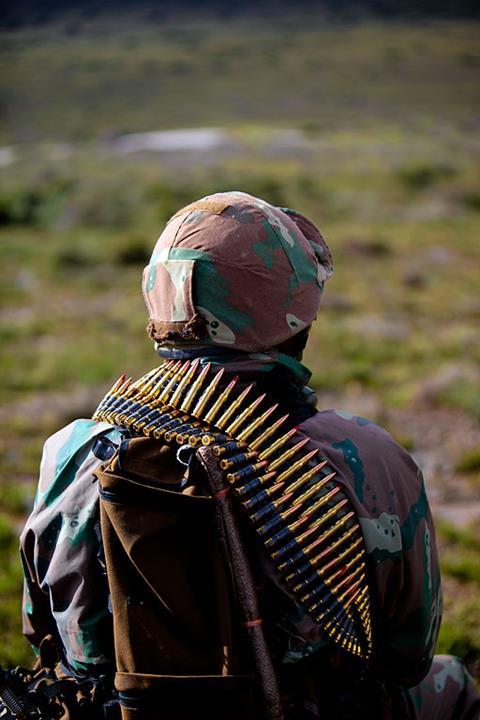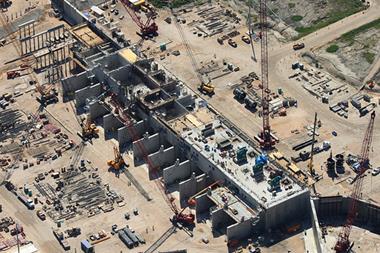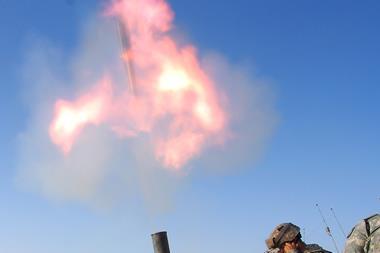Meanwhile South Korea, Poland, Philippines, Colombia see significant decreases in risk

West African nations have experienced the greatest regional rise in risk owing to increasing security risk from Islamist militants, according to Maplecroft’s Global Risk Atlas 2013.
The Risk Atlas, which evaluates 179 countries across 36 risk issues, blames a lack of proper governance and a burgeoning cross-border illicit economy for the rise in extremism, which it says has produced a deteriorating operating environment for foreign business and investors across a large part of West Africa.
The ‘high risk’ countries listed in Maplecroft’s Risk Index – a list of the world’s top 50 ‘at risk’ nations – includes Ivory Coast (9th), Guinea (20th), Guinea-Bissau (24th), Senegal (33rd), Mauritania (34th), Sierra Leone (41st), Gambia (49th) and Togo (50th), all of which have risen significantly. Recent conflict in Mali (30th) saw it given the largest risk increase in the region.
“Global risks don’t respect borders and have major regional impacts on countries and business alike,” states Maplecroft chief executive Alyson Warhurst. “Not only do we look at the areas of macroeconomic risk, security, resource security, climate change and infectious diseases; we also evaluate governance and societal resilience to measure how prepared nations are to address risks that are mostly out of their control.”
Maplecroft warns that the majority of West African nations have low levels of resilience to global risks, which leaves them particularly vulnerable to external shocks. With such poor resilience, these countries are not well placed to deal with external shocks, increasing the possibility of a cascade effect of risk, like that seen in the Middle East and North Africa during the Arab Spring
Investors should, however, take note at the improving risk profiles of some of the world’s most important growth economies. In Maplecroft’s Macroeconomic Risk Index, Poland (173rd), Philippines (171st), Bangladesh (170th), Colombia (161st) and Russia (145th), have all seen significant decreases in risk. South Korea is the best-performing country across the macroeconomic environment, economic diversification and fiscal risk.
At the other end of the index, six countries are rated at ‘extreme risk’ owing to their vulnerability to global risks: Somalia (1), Sudan (2), DR Congo (3), Afghanistan (4), South Sudan (5) and Central African Republic (6), while Myanmar (7), Pakistan (8), Ivory Coast (9) and Syria (10), complete the 10 highest risk countries.




















No comments yet